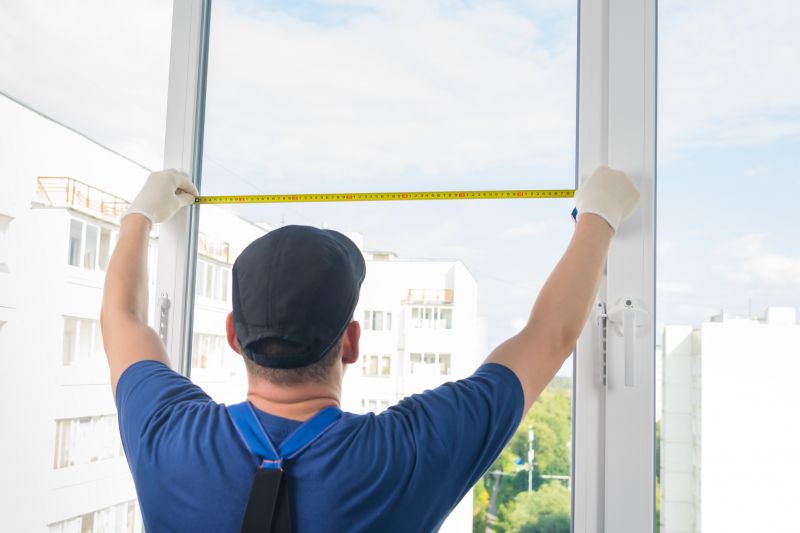Optimal Timing for Windows Installations
Deciding when to perform Windows installations involves considering various factors such as system readiness, workload schedules, and environmental conditions. Proper timing can enhance installation success and minimize disruptions, ensuring optimal performance and reliability.
Spring and fall often provide moderate temperatures ideal for installations, especially in environments with temperature-sensitive equipment.
Scheduling during low-traffic periods reduces operational impact, typically outside of peak business hours or busy seasons.
Performing installations when hardware and software are fully prepared minimizes potential issues and reduces downtime.
Aligning installations with planned maintenance windows ensures minimal disruption to daily operations.

A technician setting up a Windows system in a controlled environment.

Calendar with marked optimal windows for installation activities.

Pre-installation hardware check in progress.

Ways to make Windows Installations work in tight or awkward layouts.

Popular materials for Windows Installations and why they hold up over time.

Simple add-ons that improve Windows Installations without blowing the budget.
Windows installations are a critical component of IT infrastructure, often requiring careful planning to ensure compatibility and performance. Proper timing can prevent conflicts with other system updates or hardware upgrades. According to industry data, scheduling during periods of low network traffic can reduce installation time by up to 30%, improving efficiency.

A professional installing Windows on a server.

Equipment prepared for Windows deployment.

System settings being finalized after Windows setup.

Ensuring network readiness for Windows deployment.

High-end options that actually feel worth it for Windows Installations.

Finishes and colors that play nicely with Windows Installations.

Little measurements that prevent headaches on Windows Installations day.

A 60-second routine that keeps Windows Installations looking new.
| Timing Factor | Impact |
|---|---|
| Season | Spring and fall offer optimal temperatures for hardware stability. |
| Business Hours | Scheduling outside peak hours minimizes operational disruption. |
| Weather Conditions | Stable weather prevents delays caused by storms or extreme temperatures. |
| System Readiness | Ensuring hardware and software are prepared reduces errors. |
| Maintenance Schedules | Aligning with planned maintenance minimizes downtime. |
| Network Traffic | Low traffic periods decrease installation time and improve reliability. |
Choosing the right time for Windows installations can significantly impact the success and efficiency of deployment. Proper planning ensures minimal downtime and optimal system performance. For organizations considering upgrades or new setups, understanding these timing factors is essential for a smooth transition.

A technician configuring Windows settings post-installation.

Verifying hardware components before Windows deployment.

System stability testing after Windows installation.

A frequent mistake in Windows Installations and how to dodge it.

Small tweaks to make Windows Installations safer and easier to use.

Lower-waste or water-saving choices for Windows Installations.
Interested in scheduling a Windows installation? Filling out the contact form provides an opportunity to discuss optimal timing tailored to specific organizational needs. Proper timing ensures a smoother process and reliable system performance.



